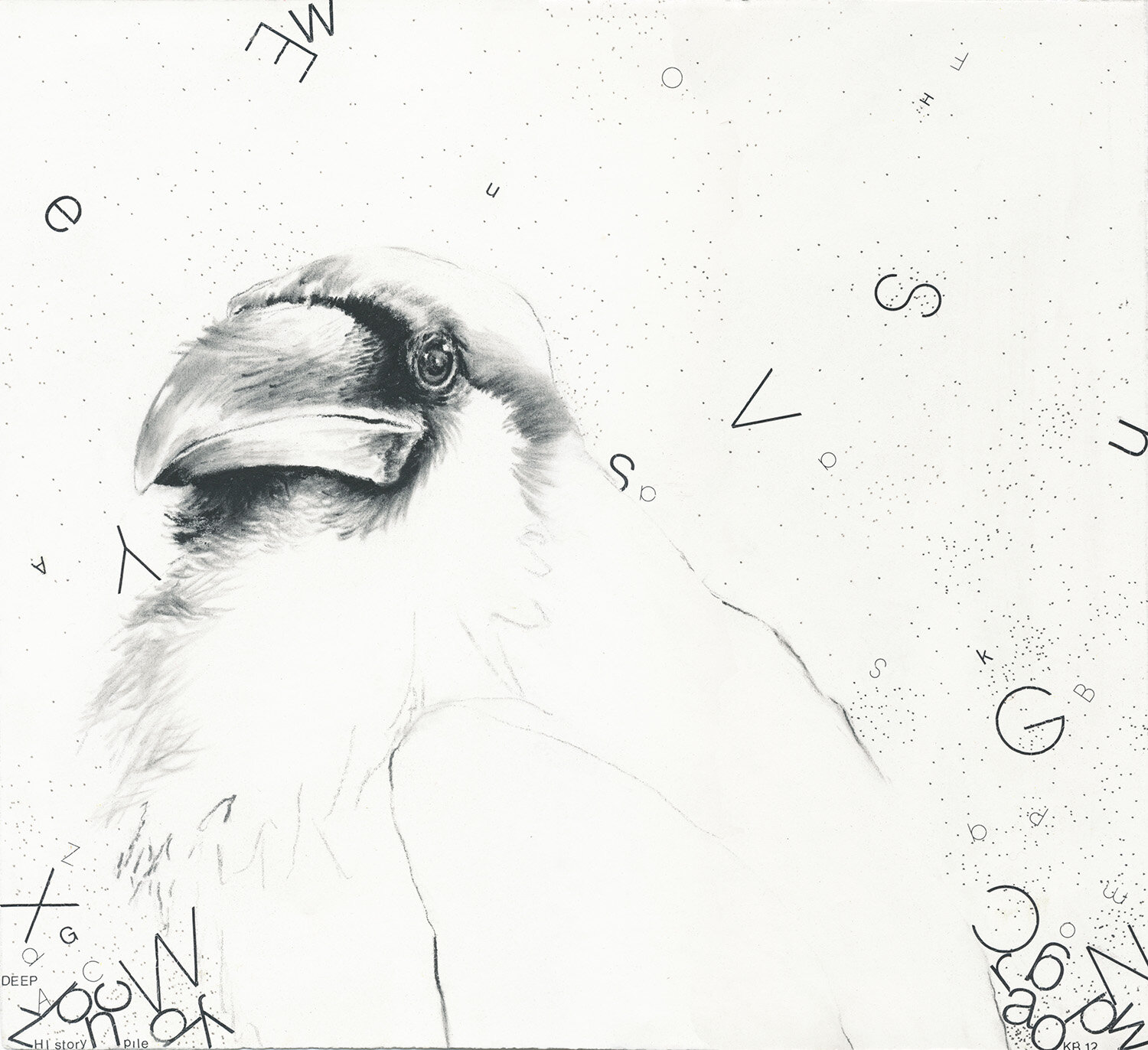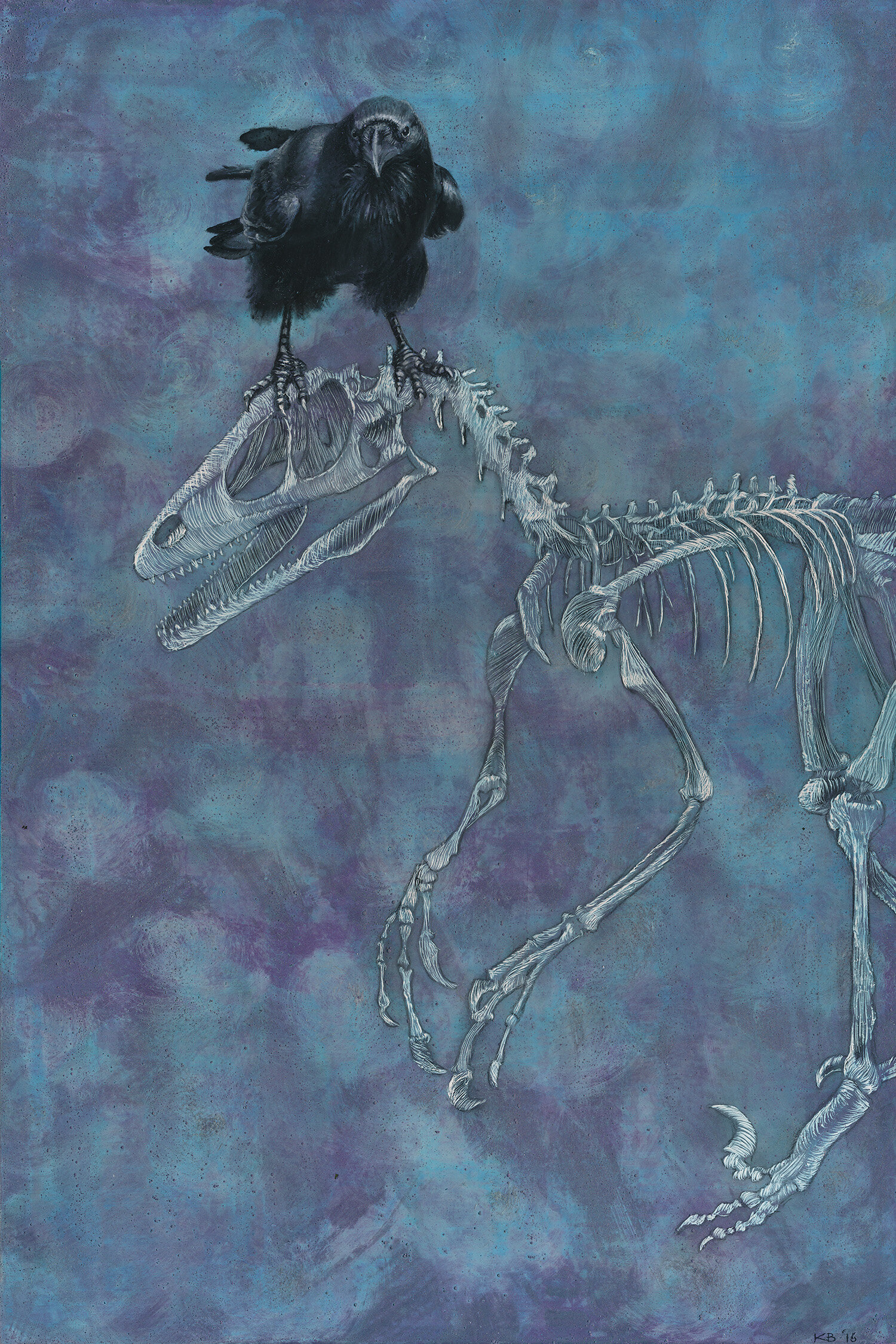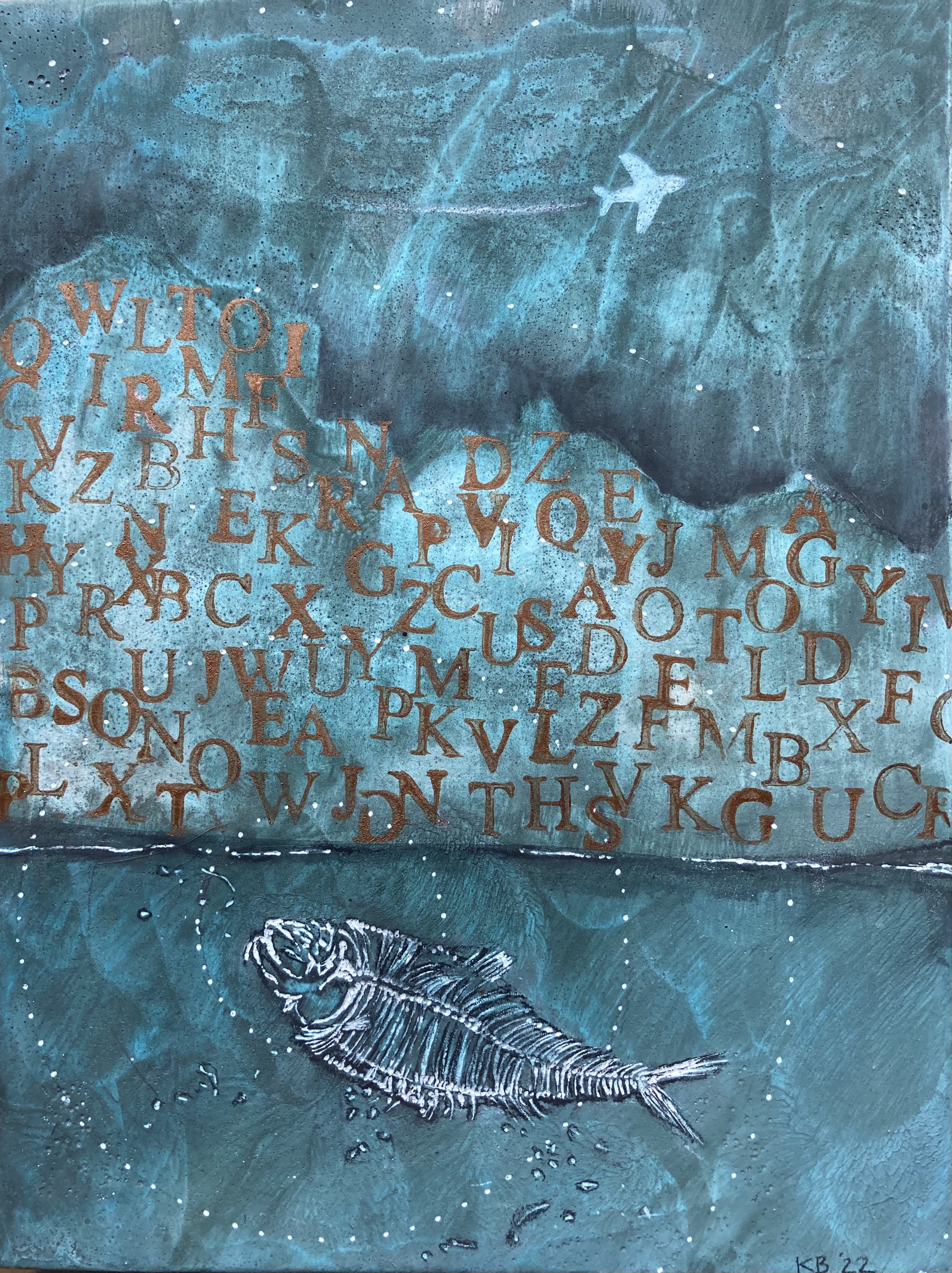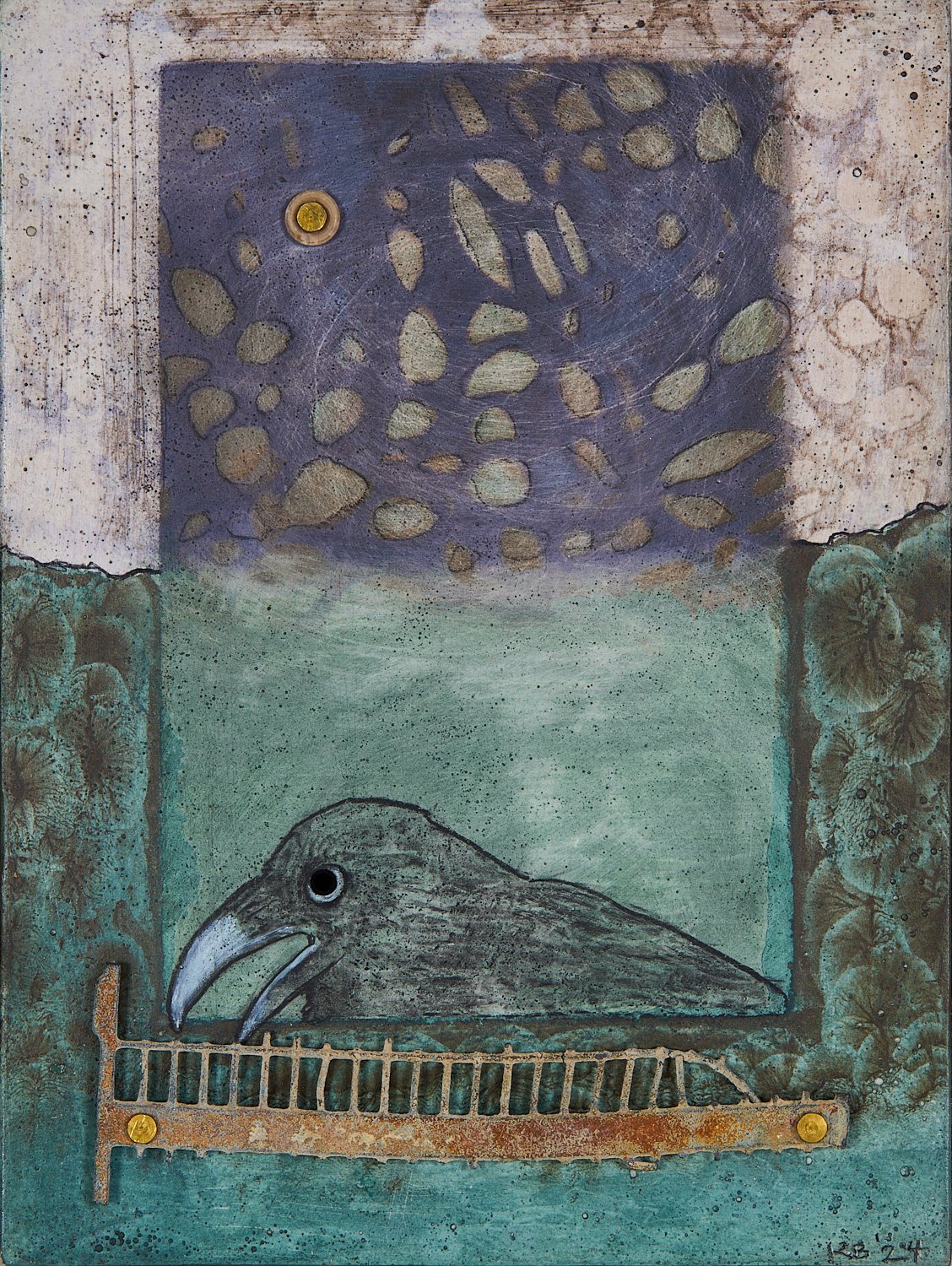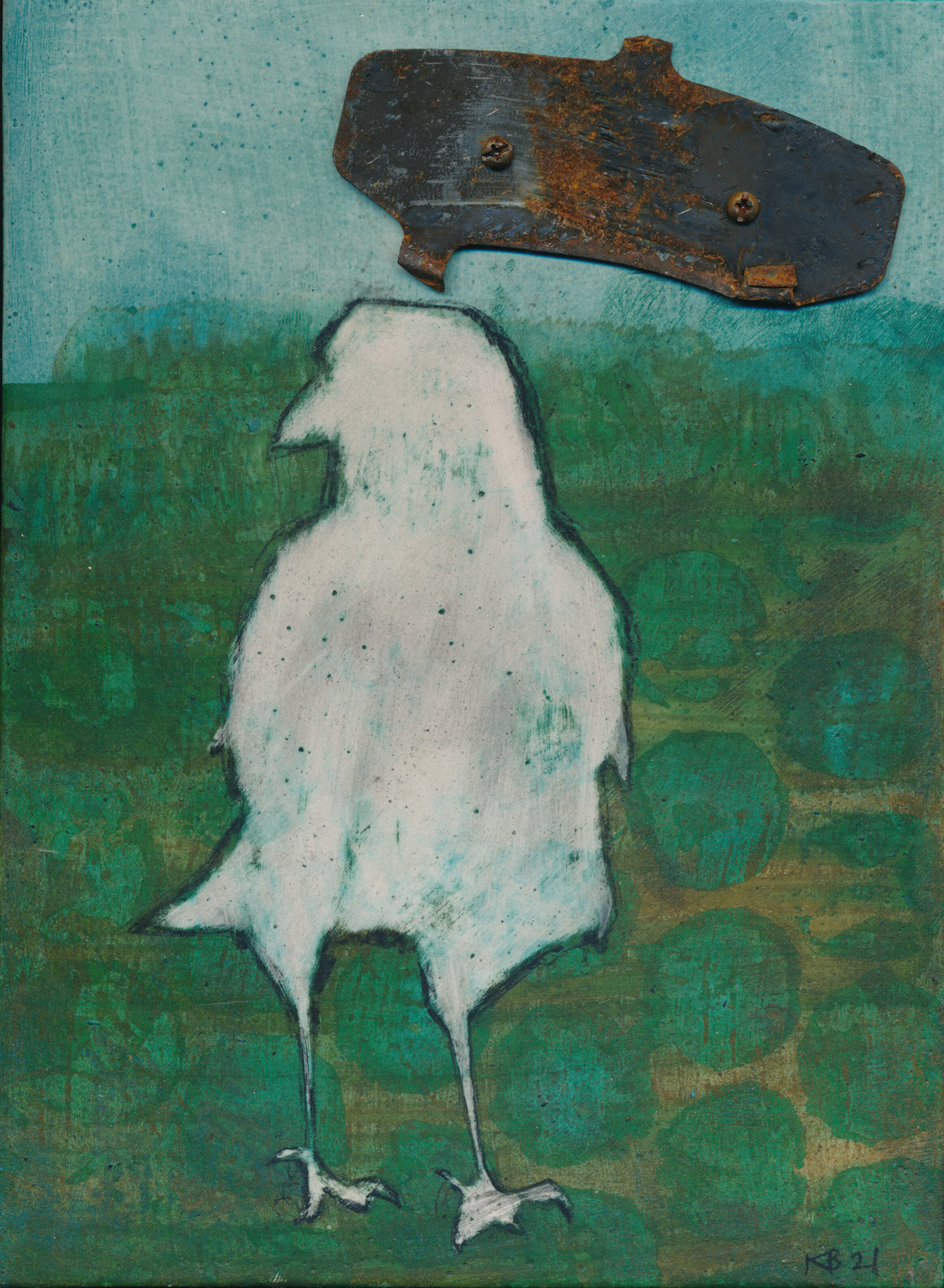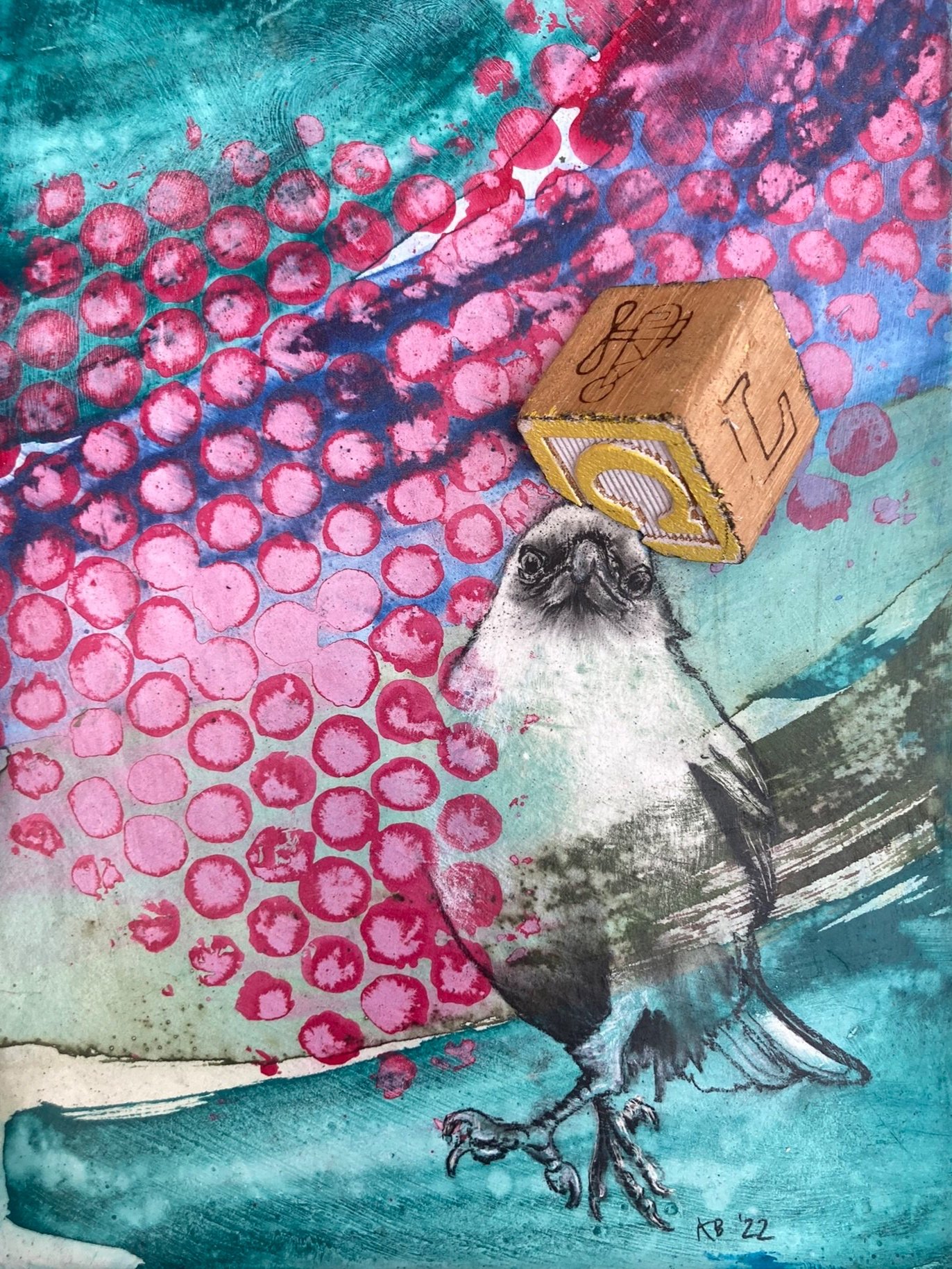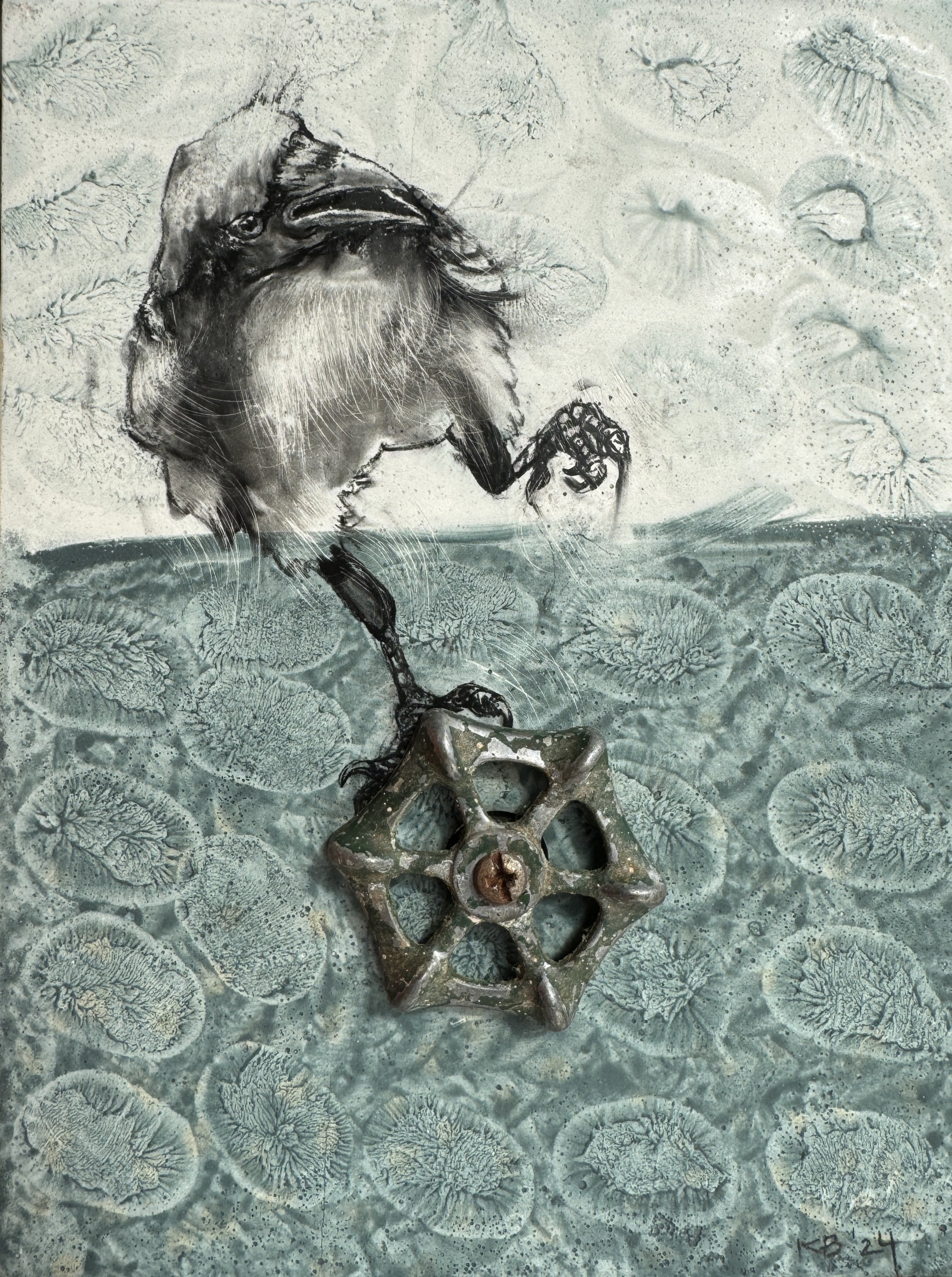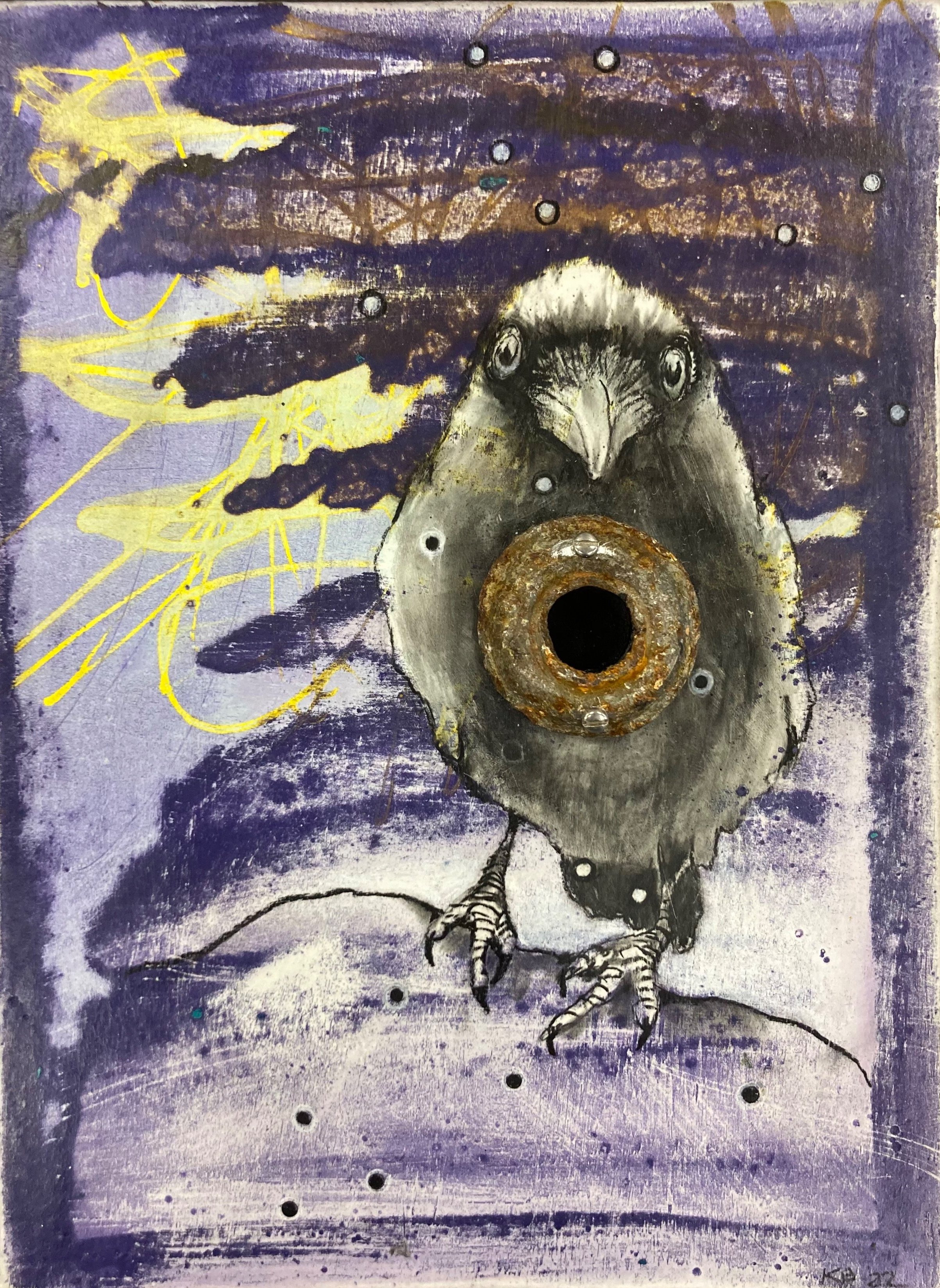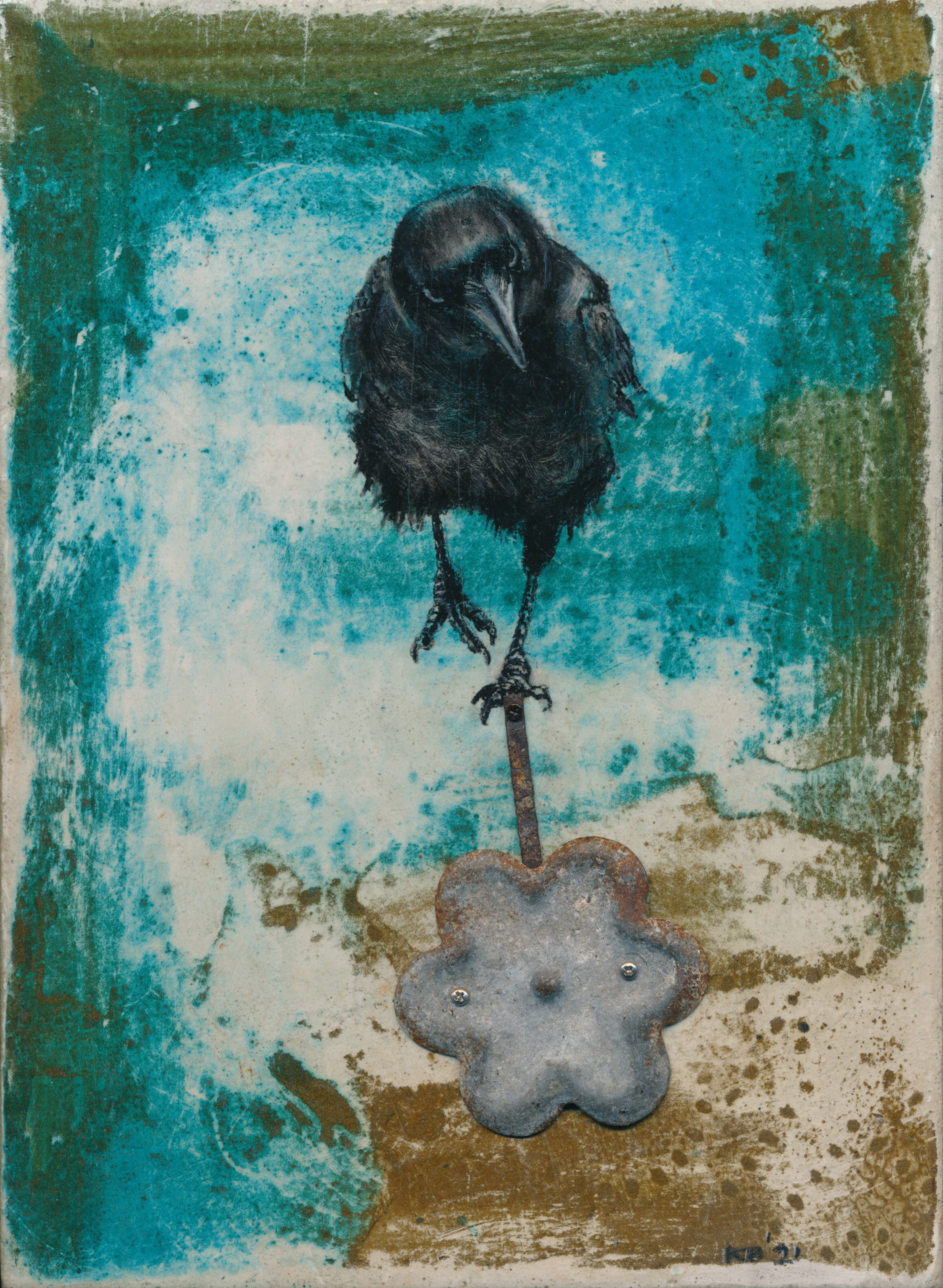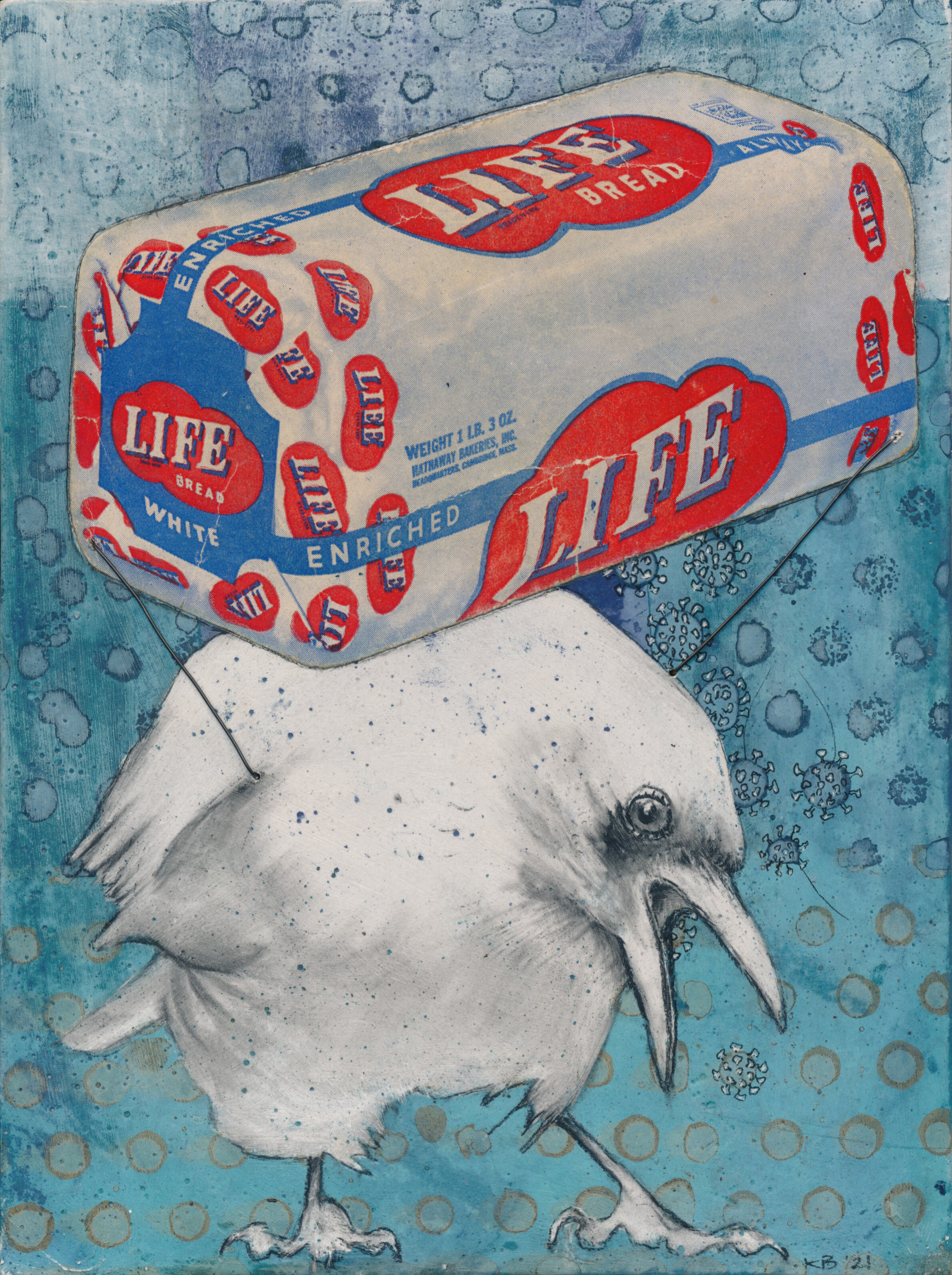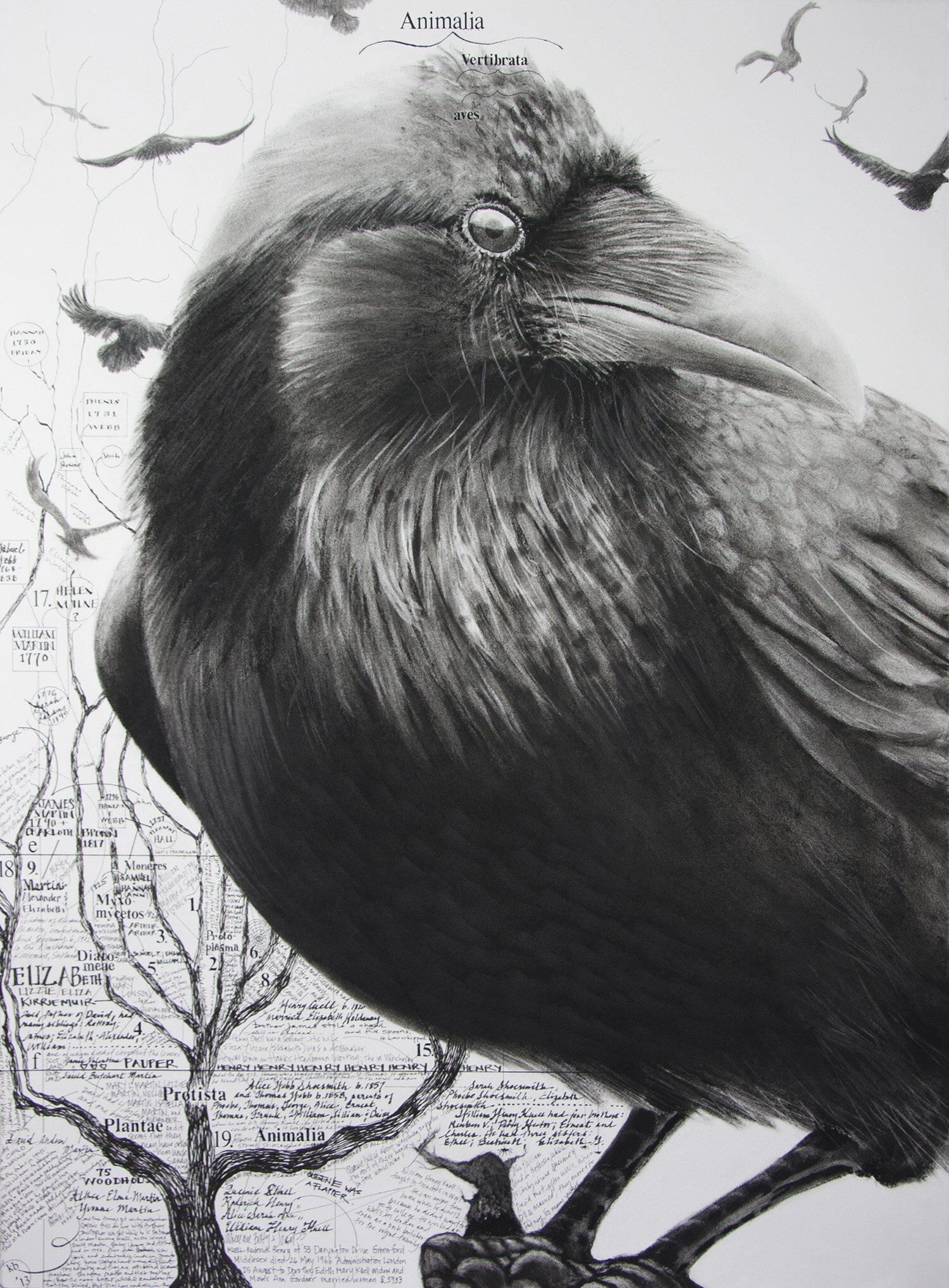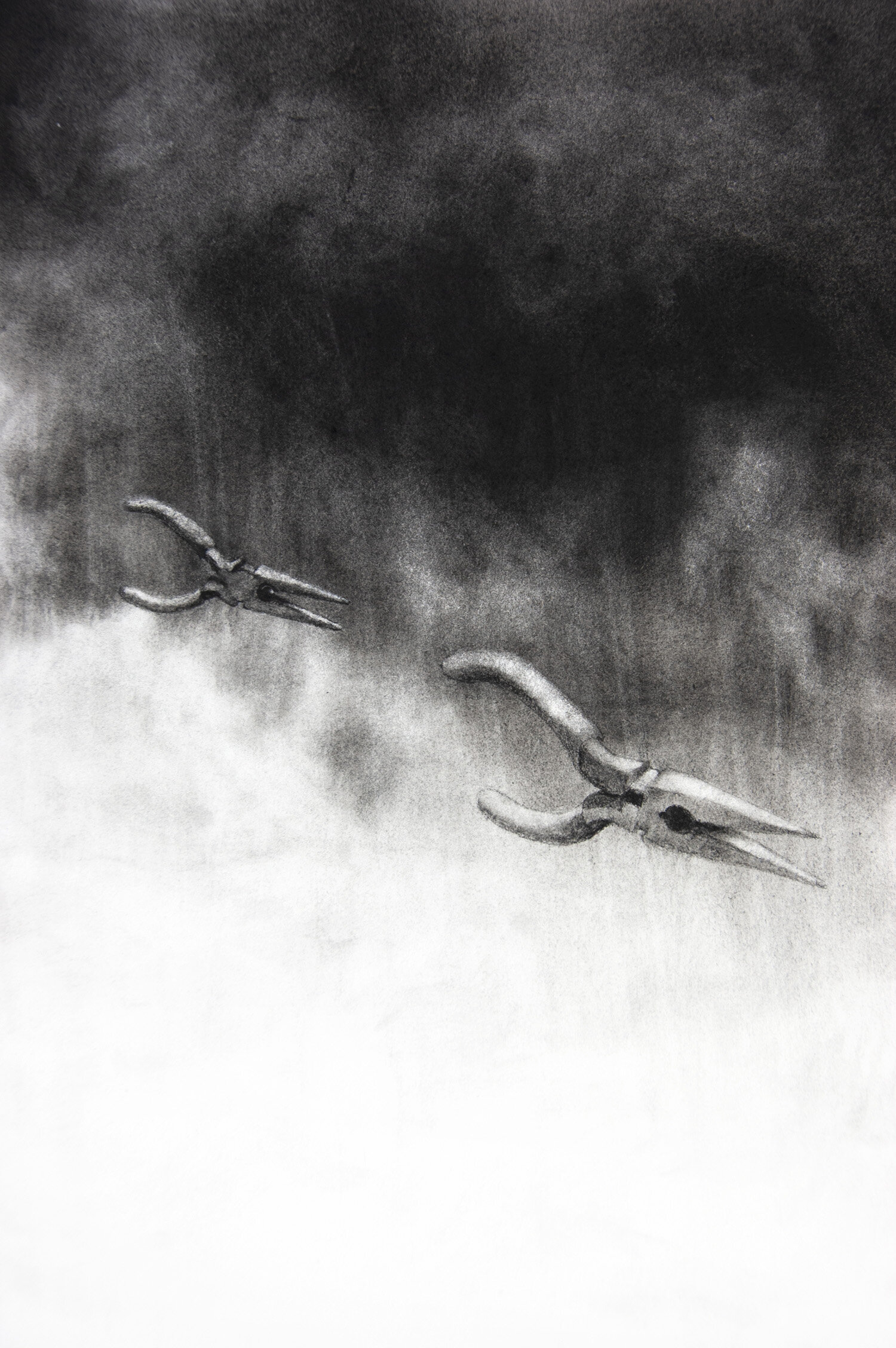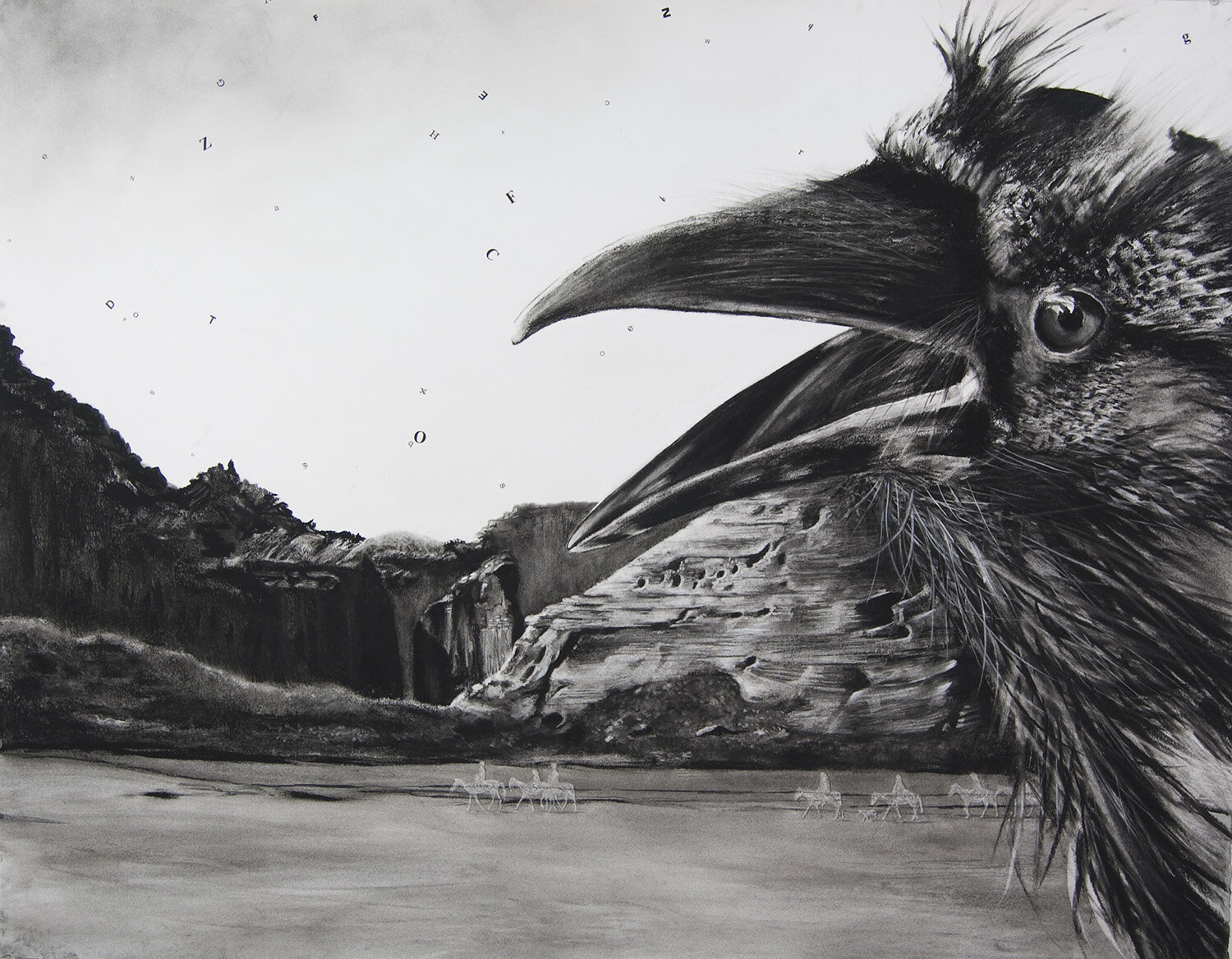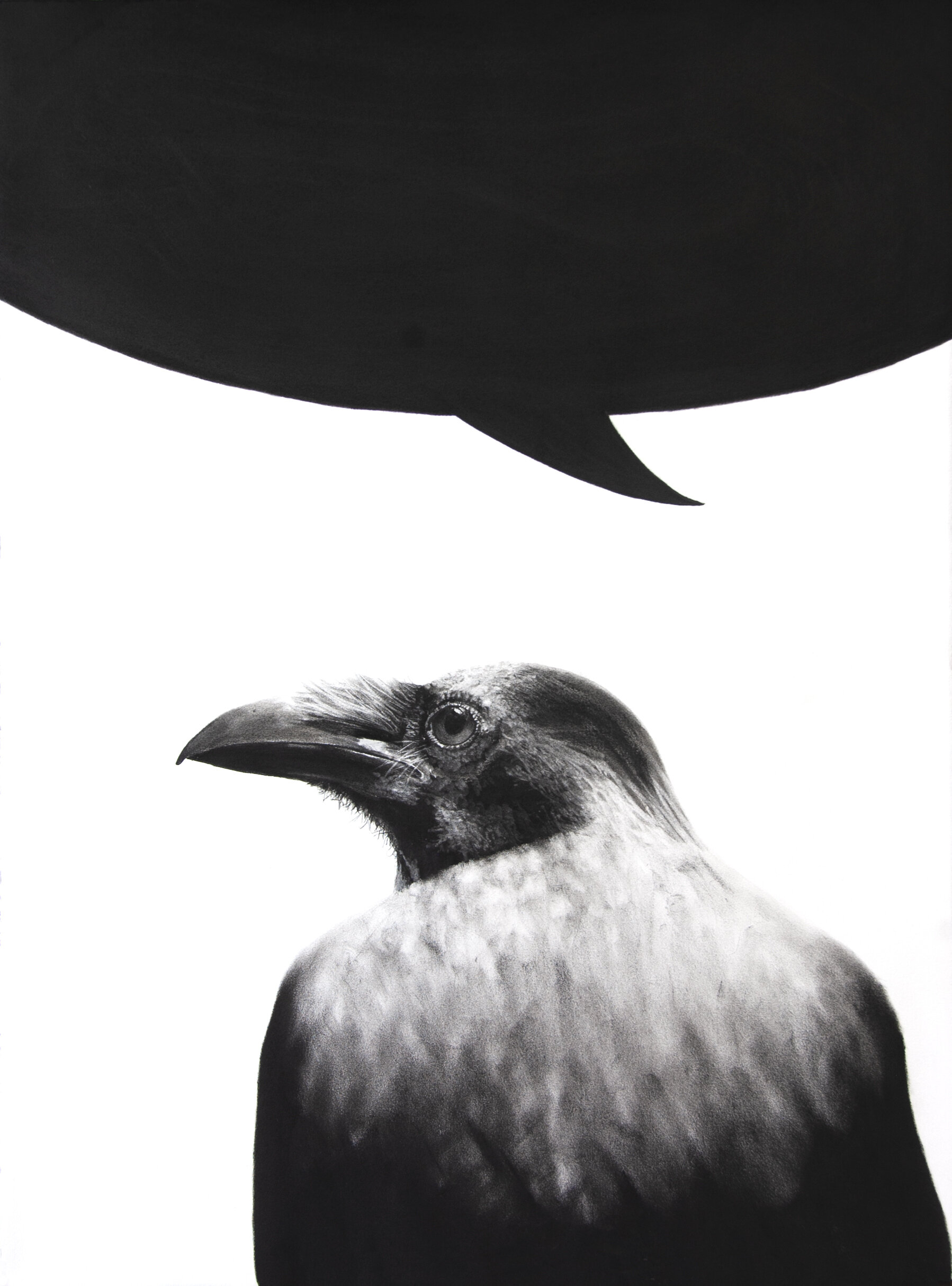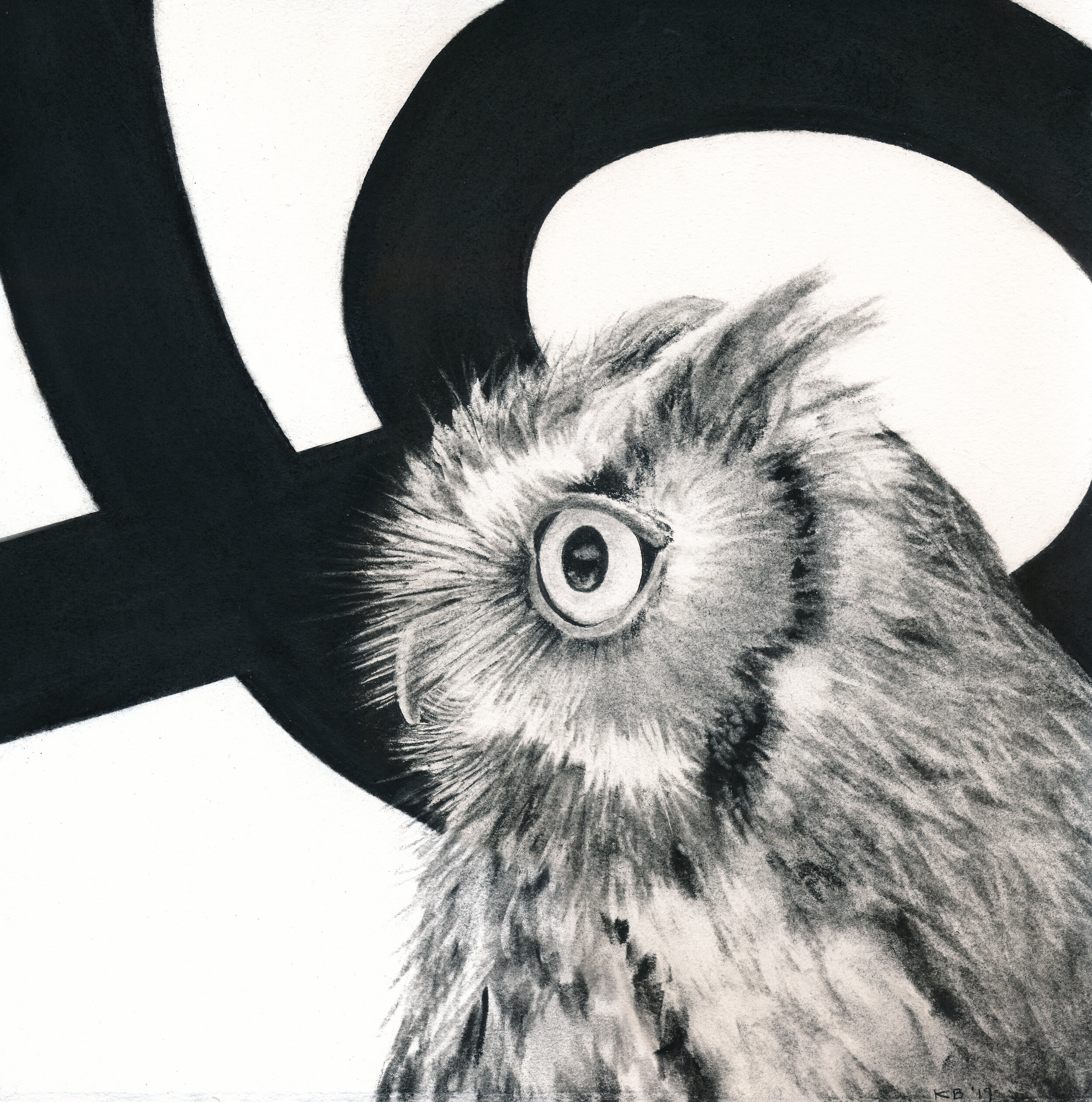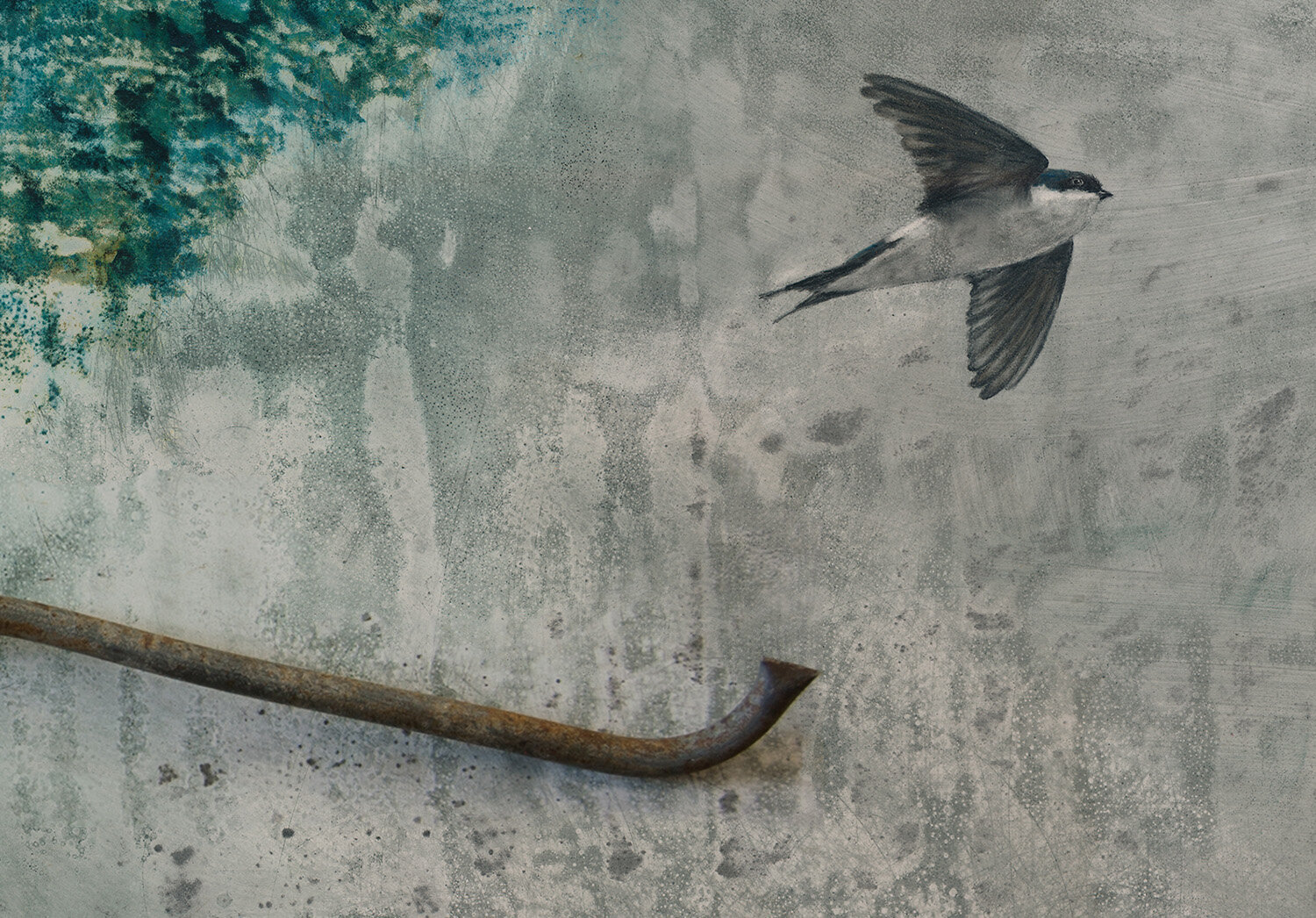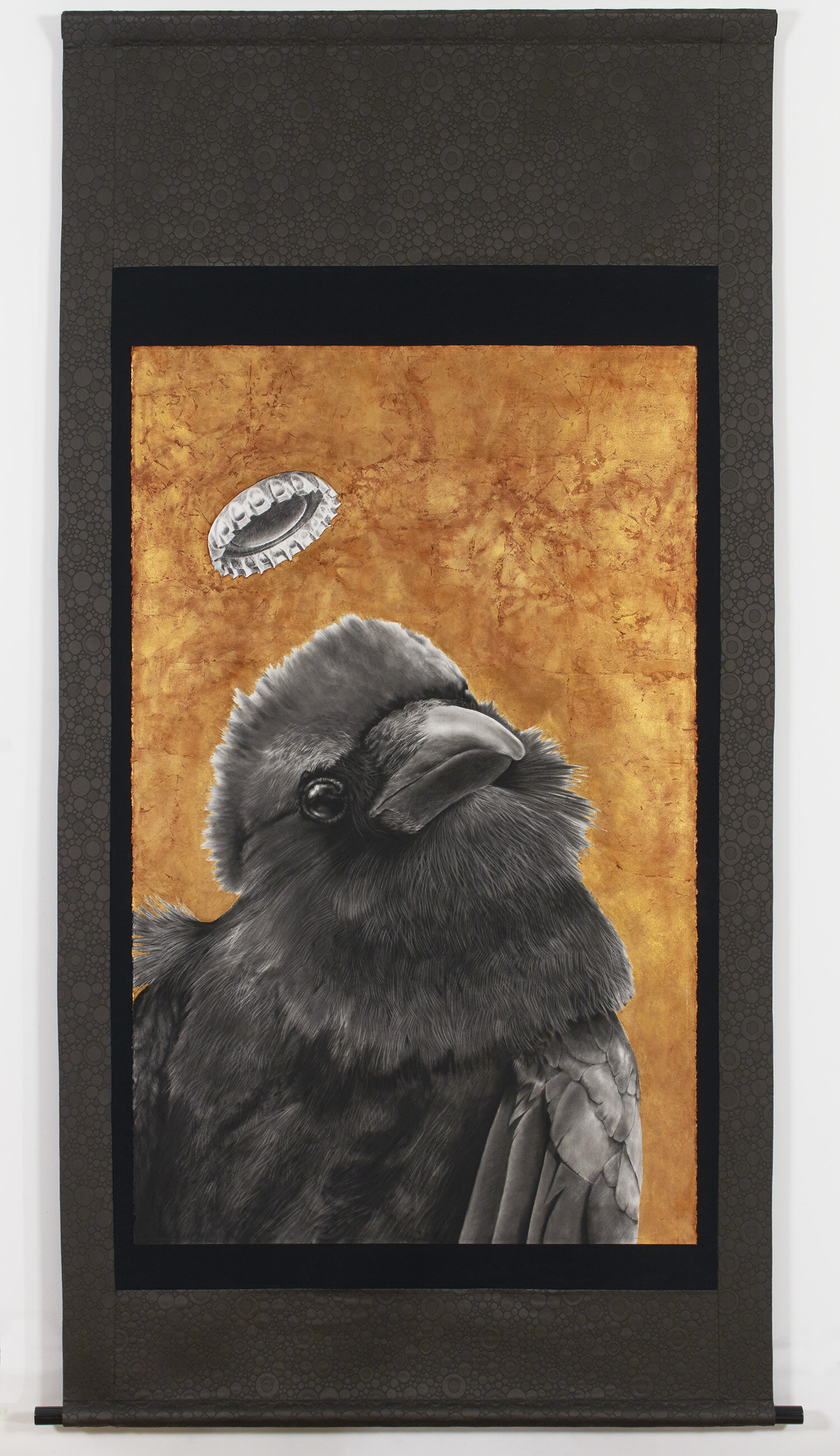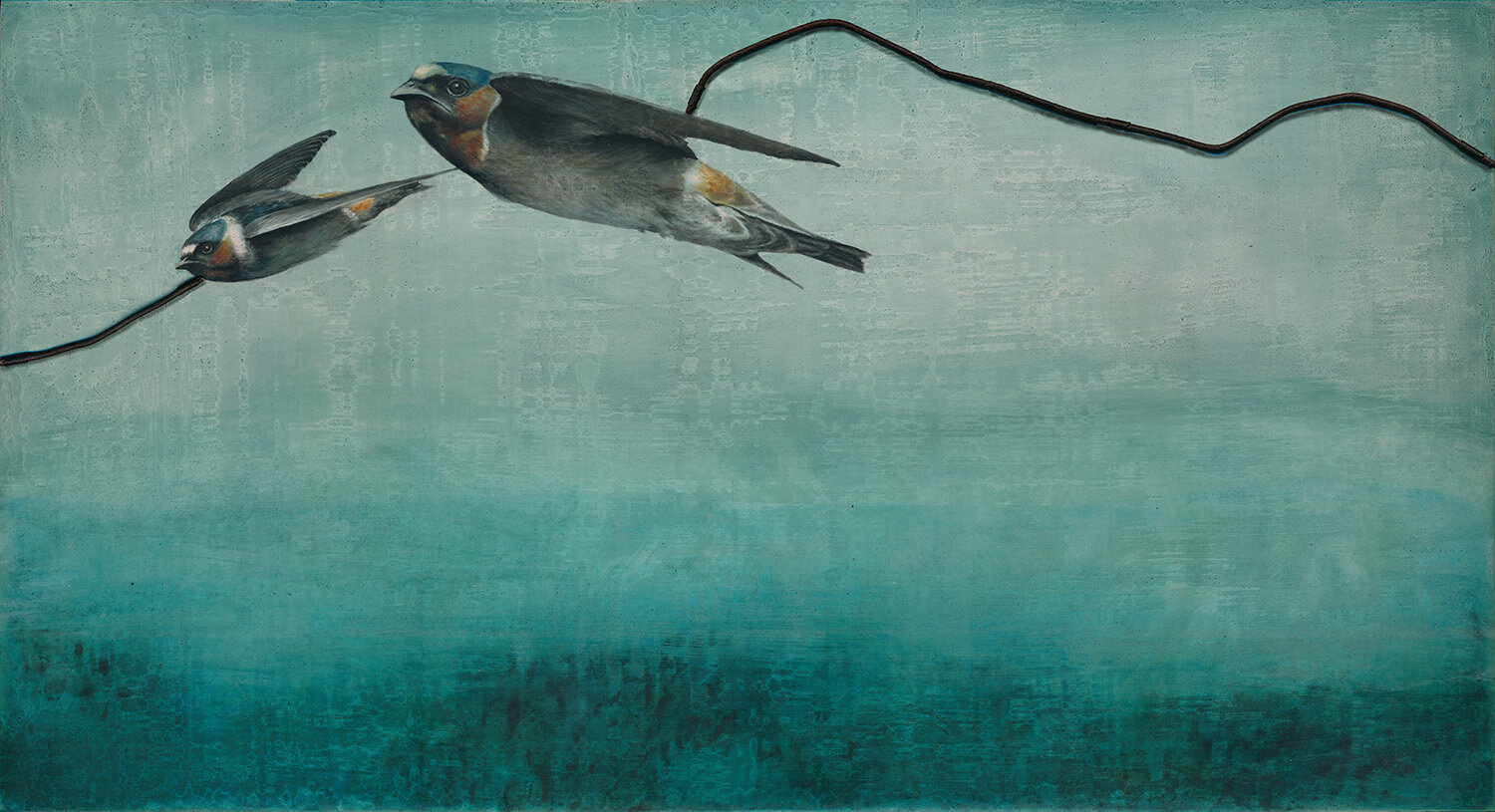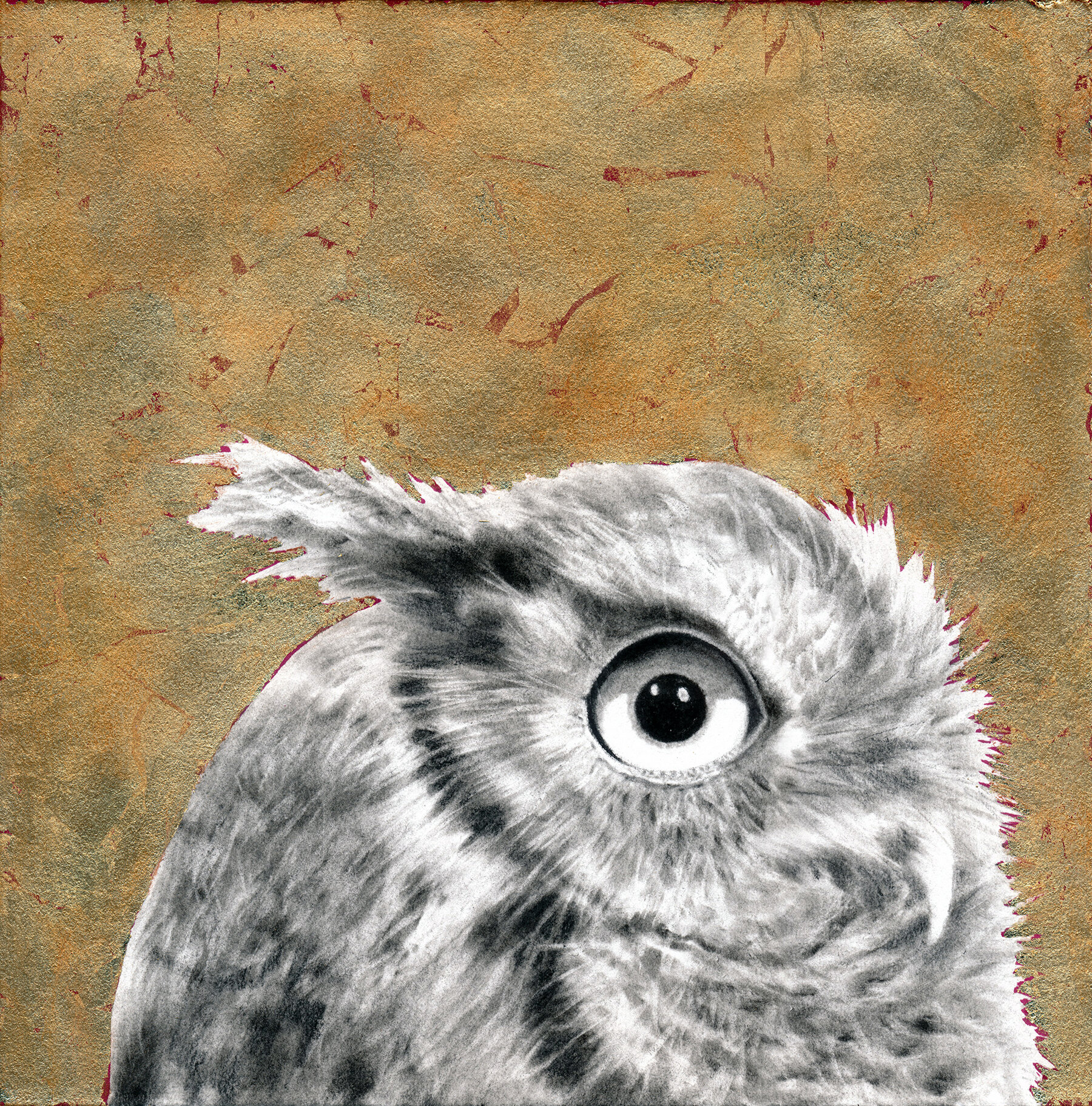“We live beneath a continuous rain of images; the most powerful media do nothing but turn the world into images and multiply it with the kaleidoscopic play of mirrors — images that are largely void of the internal necessity that ought to distinguish every image, as a form, and a meaning, as a force that lays claim to our attention, as a wealth of possible meanings. Much of this cloud of imagery dissolves immediately, like dreams, that leave no trace in memory, but a sense of the relevance and uneasiness remain.”
Italo Calvino, Six Memos for the New Millenium
This body of work, translated as In Search of Lost Time, began as an exploration of unusual objects that I have collected or been given during most of my life. I have had a lifelong habit of collecting. Not just conventional collectibles like rocks and shells and driftwood but unusual items that cross my path: broken toys, crushed bottle caps, interesting bits of rusty metal and plastic. Each object contains a history and, in most cases, has outlived its usefulness. In the spirit of Ghanaian artist El Anatsui, I am collecting “what the earth vomits up,” the debris of human existence that is often tossed to the curb.
Many objects show the ravages of time – rust, scratches, breaks – while some remain preserved in a timeless state. Most objects have been recontextualized or have undergone a metamorphosis, suggesting some new imagined form or being. I am fascinated, inspired and somewhat repelled by the detritus of human existence, knowing that it will exist long after I am gone. I am well aware of the toll that material culture has had on the health of our planet, and I am equally energized by the repurposing sensibility of the Arte Povera movement.
Marcel Proust’s À la Recherche du Temps Perdu (commonly translated as “Remembrance of Things Past” or “In Search of Lost Time”), is one of the philosophical inspirations underlying this work, demonstrating a conceptual approach for me to follow. As Proust shows using the taste of a madeleine, reflexive artistic impulses can be triggered from a shape, color, pattern, image or other stimulus. Taking cues from found objects and images, I aim to create resonances visually -- in the way a tuning fork creates residual tone -- that evoke associations of past experience but which are also firmly rooted in the present.
I have utilized scavenger birds in my work for many years – principally corvids – to create visual metaphorical parallels of human experience. Their habitual behavior of picking and selecting elements from the world around them to better their lives – for sustenance, for entertainment, for folly and joy – is little different than what we humans do. Lives – whether human, corvid or other – entail forging what is possible amid the entropy and uncertainty one encounters. The work in this series ventures beyond the specific realm of corvids and more fully embraces the general turmoil of existence.
I recently read about a Ukrainian bird enthusiast named Oleksandr Nastachenko who documents and posts images of the avian world around his home in Dnipropetrovsk Oblast. This eastern Ukrainian province in the Donbas region has had areas occupied by pro-Russian forces since 2014, and continues to be a war zone since the Russian invasion of Ukraine in February 2022. I was deeply moved by the story of someone trying to find peace, beauty and normalcy in the face of constant terror and danger. (Since half of my family tree originates from the region in and around Ukraine, I feel a personal connection.) The majority of birds that appear in this work represent the birds documented by Oleksandr Nastachenko since the invasion of his country.
While this work embodies aspects of war, philosophy, myth, religion, literature, physics, politics, astronomy, biology, ecology and paleontology, there isn’t a central theme or narrative, nor is there an end goal. While the uniformity of the panel size, like pages of a book, suggests the potential for order, their irregular, staggered arrangement suggests an expanding universe (beginning with the big bang at the center) or a cloud of unknowing. In sum, there is no ultimate sense to the flood of objects and experiences that that make up this existence.
“Here, all we get are a few specks of time where any of this actually makes any sense.”
Michelle Yeoh as Evelyn Wang, in Everything Everywhere All at Once














